15 Ways to Prepare Your Home for Winter
Don't get caught flat-footed when the first snowstorm hits.


Patricia Mertz Esswein
It's not too late to take some steps that will protect your home for the winter. Storms, ice and wind are around the corner, and you want to make sure that your home is safe — and warm.
These steps, most of which you can do yourself, will help cut your utility bills, protect your investment and possibly increase the value of your home.
Keep in mind, many of these actions can be taken throughout the year. So if you find yourself chilly inside this winter, remember that come spring and start your preparation for the next winter.
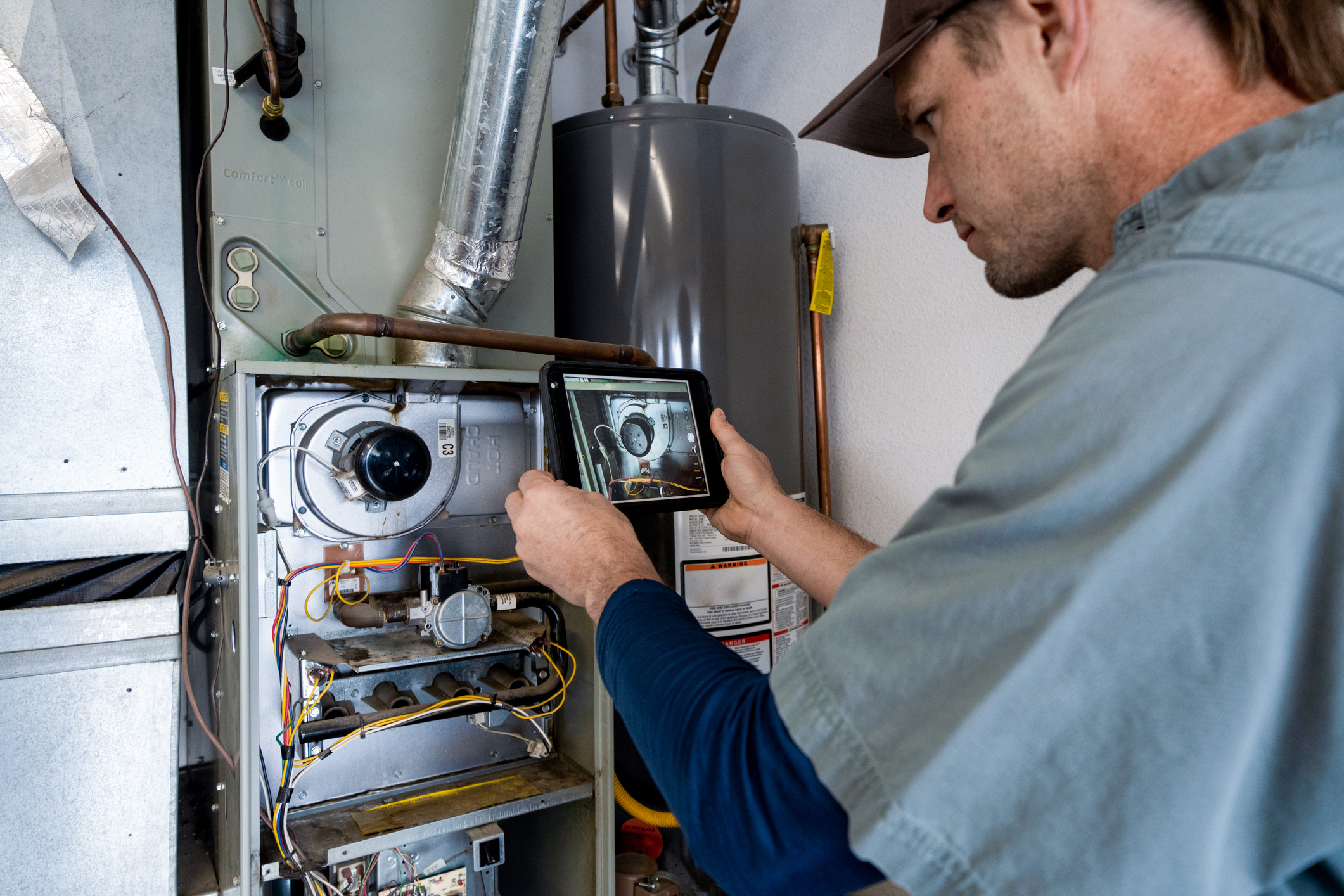
1. Get your furnace serviced
Investing in an annual service for your home heating system will save you money in the long run. For about $100-$300, a technician will inspect your furnace, boiler or heat pump to be sure the system is clean and in good repair, and that it can achieve its manufacturer-rated efficiency. The inspection also measures carbon-monoxide leakage.
If you do this in the fall or before weather gets dire, you'll minimize the chance of being 200th in line for repairs on the coldest day of the year. Look for a heating and air-conditioning contractor who belongs to the Air Conditioning Contractors of America and employs technicians certified by the North American Technician Excellence (NATE) program. The contractor should follow the protocol for ACCAs "national standard for residential maintenance" (or the QM, short for "quality maintenance").
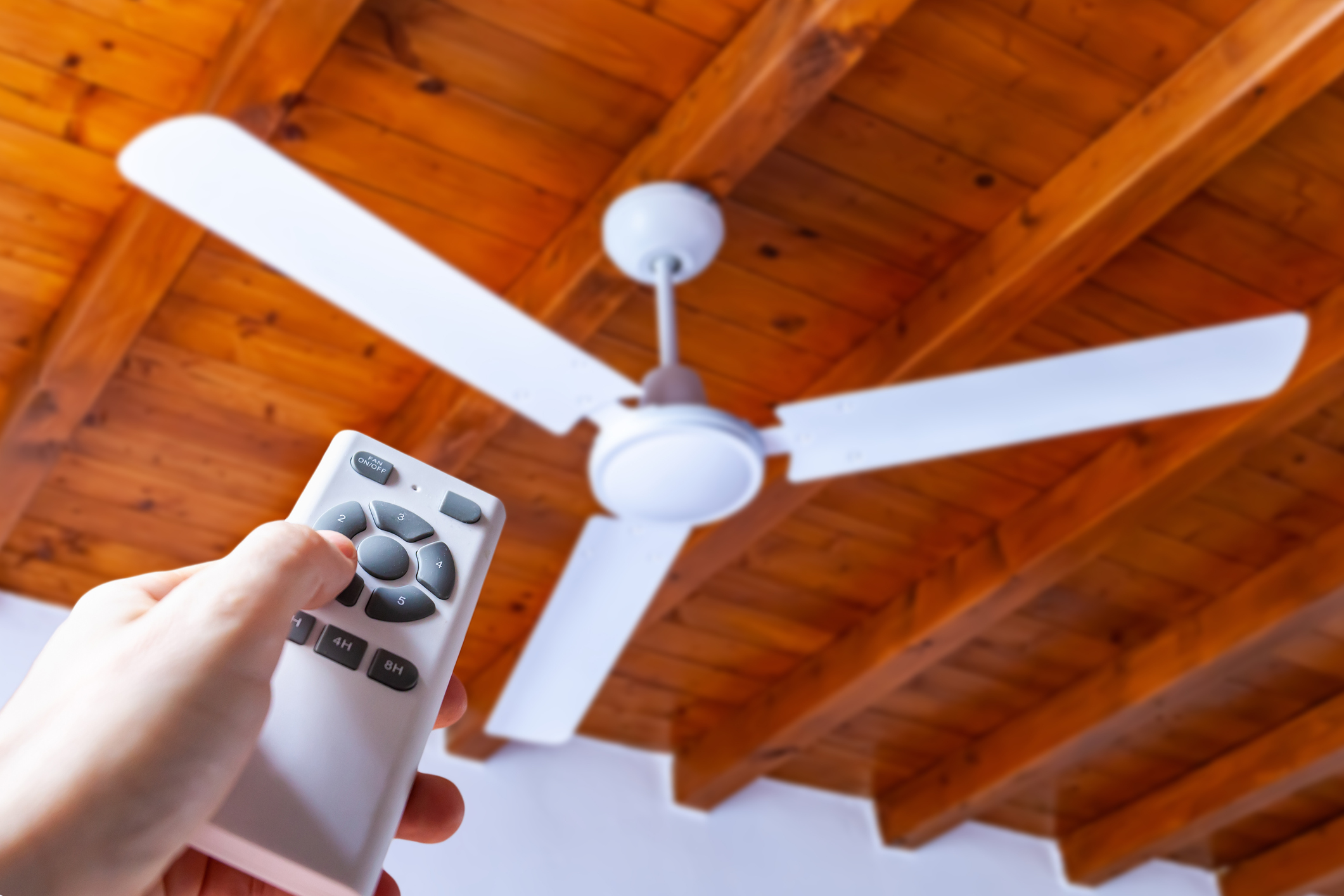
2. Reverse your ceiling fans
If your ceiling fan has a reverse switch, use it to run the fan's blades in a clockwise direction after you turn on your heat. Energy Star says the fan will produce an updraft and push down into the room heated air from the ceiling (remember, hot air rises).
This is especially helpful in rooms with high ceilings — and it might even allow you to turn down your thermostat by a degree or two for greater energy savings.
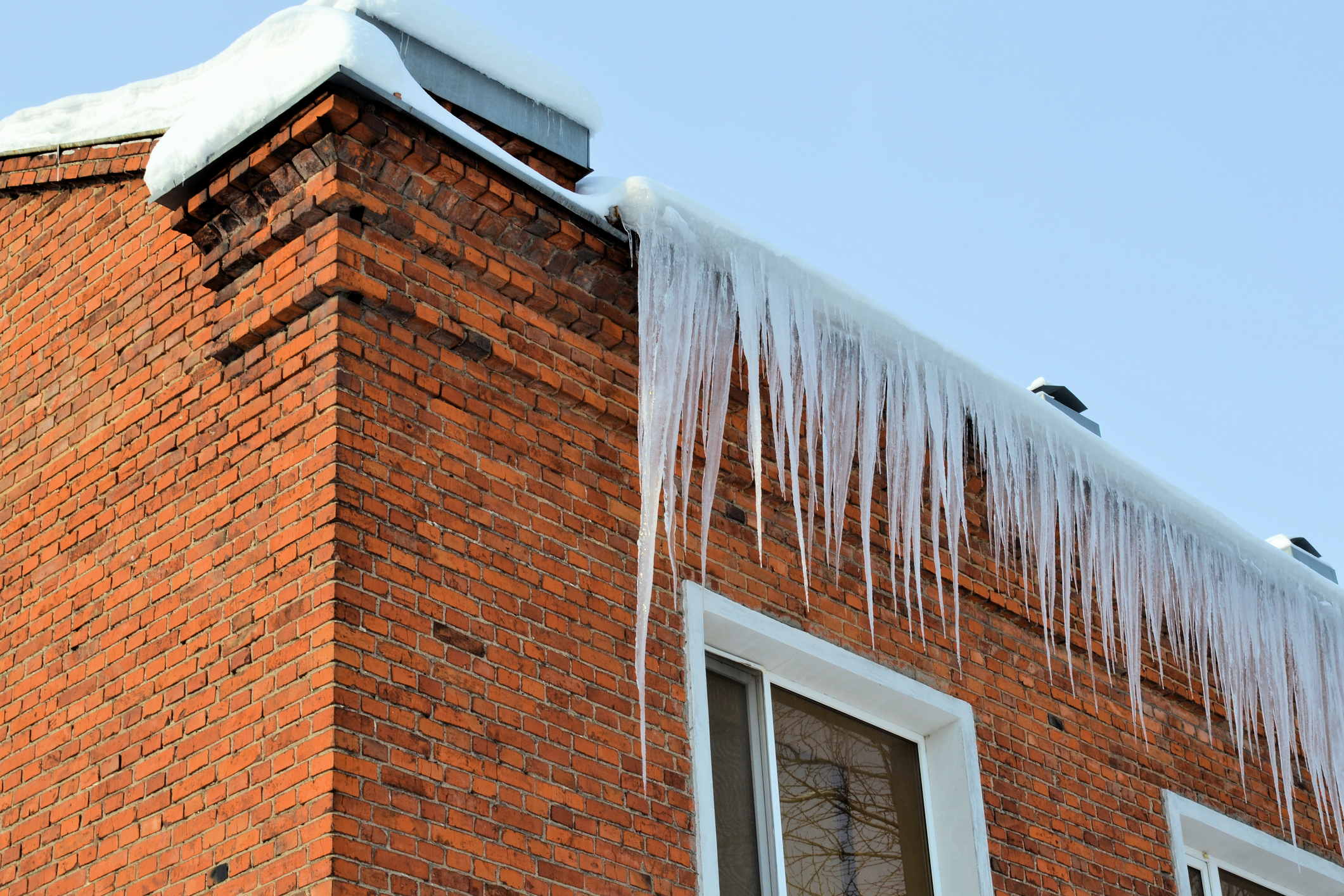
3. Prevent ice dams
If your home had lots of icicles last winter — or worse, ice dams, which can cause meltwater to back up and flow into your house — take steps to prevent potential damage this year.
A home energy auditor or weatherization contractor can identify and fix air leaks and inadequate insulation in your home's attic that can lead to ice dams. Since 2023, you can claim the federal energy-efficiency tax credit for 30% of the cost, up to $3,200. The credit has no lifetime dollar limit, and you can claim the maximum annual credit every year that you make eligible improvements until 2033. Your state or utility may offer a rebate, too.
There are limits on the allowable annual federal credit and on the amount of credit for certain types of qualified expenses.
The maximum credit you can claim each year is:
- $1,200 for energy property costs and certain energy-efficient home improvements, with limits on doors ($250 per door and $500 total), windows ($600) and home energy audits ($150)
- $2,000 per year for qualified heat pumps, biomass stoves or biomass boilers.
And by the way, a home energy audit may qualify you for a tax credit up to $150.
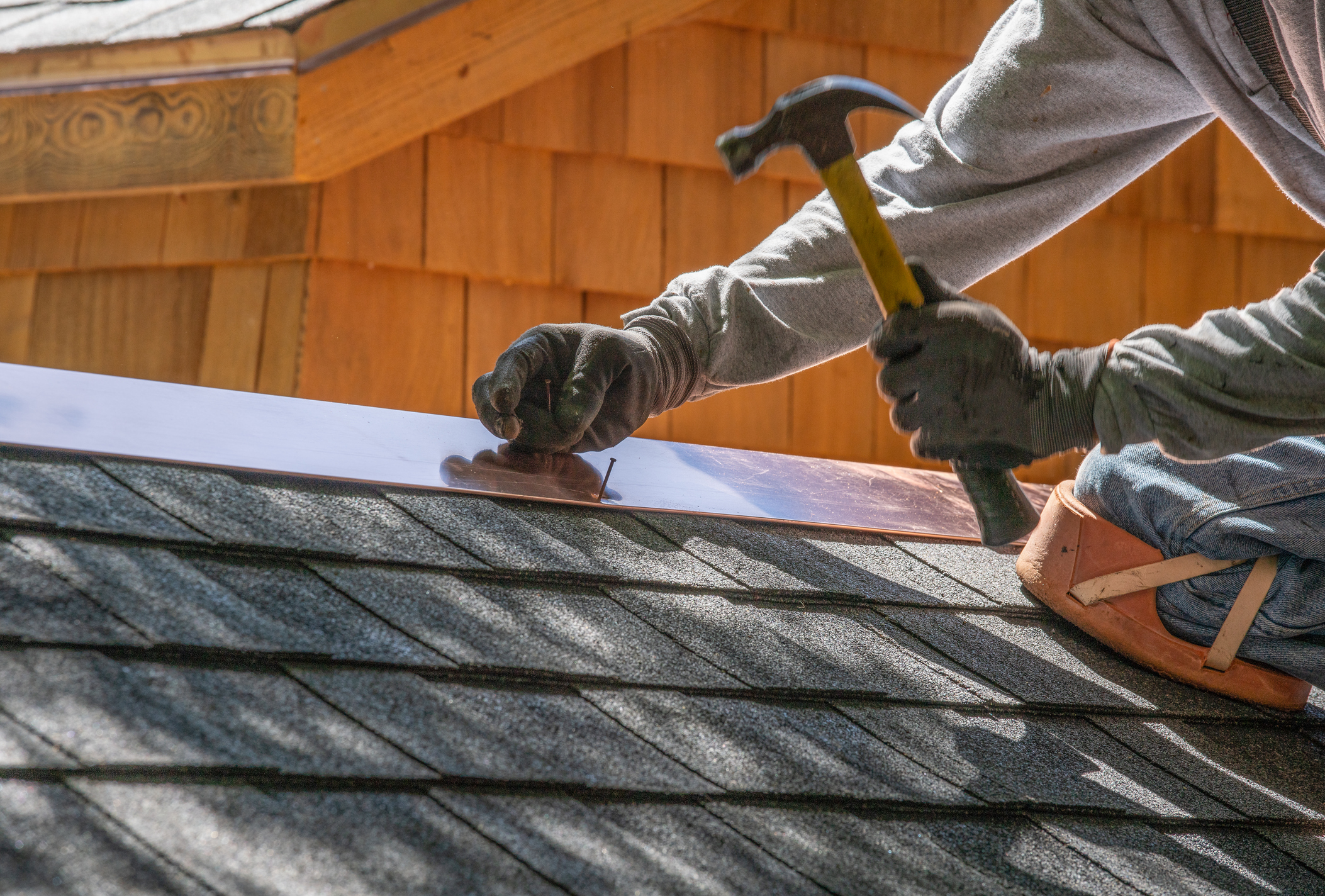
4. Do a roof inspection
A roof inspection is one of those preventive maintenance jobs you may miss. Get up close and personal with your roof using a ladder. If you're uncomfortable with heights, you can do a thorough inspection from the ground using a pair of binoculars.
Look for damaged, loose or missing shingles that may leak during winter’s storms or from melting snow. Don't overlook cracked and worn rubber around vent pipes or masses of moss and lichen, which could indicate the roof is decaying underneath.
If your roof is flat and surfaced with asphalt and pebbles, as many are in the Southwest, rake or blow off fall leaves and pine needles, which hold moisture, said Bill Richardson, past president of the American Society of Home Inspectors. (Don't sweep aside the pebbles; that will expose the asphalt to damaging sunlight.)
If need be, hire a handyman to repair a few shingles ($100 – $300 according to homeguide.com) or a roofer for a larger section ($200 – $600 for a 100-square-foot area). Check and repair breaks in the flashing seals around vent stacks and chimneys, too.
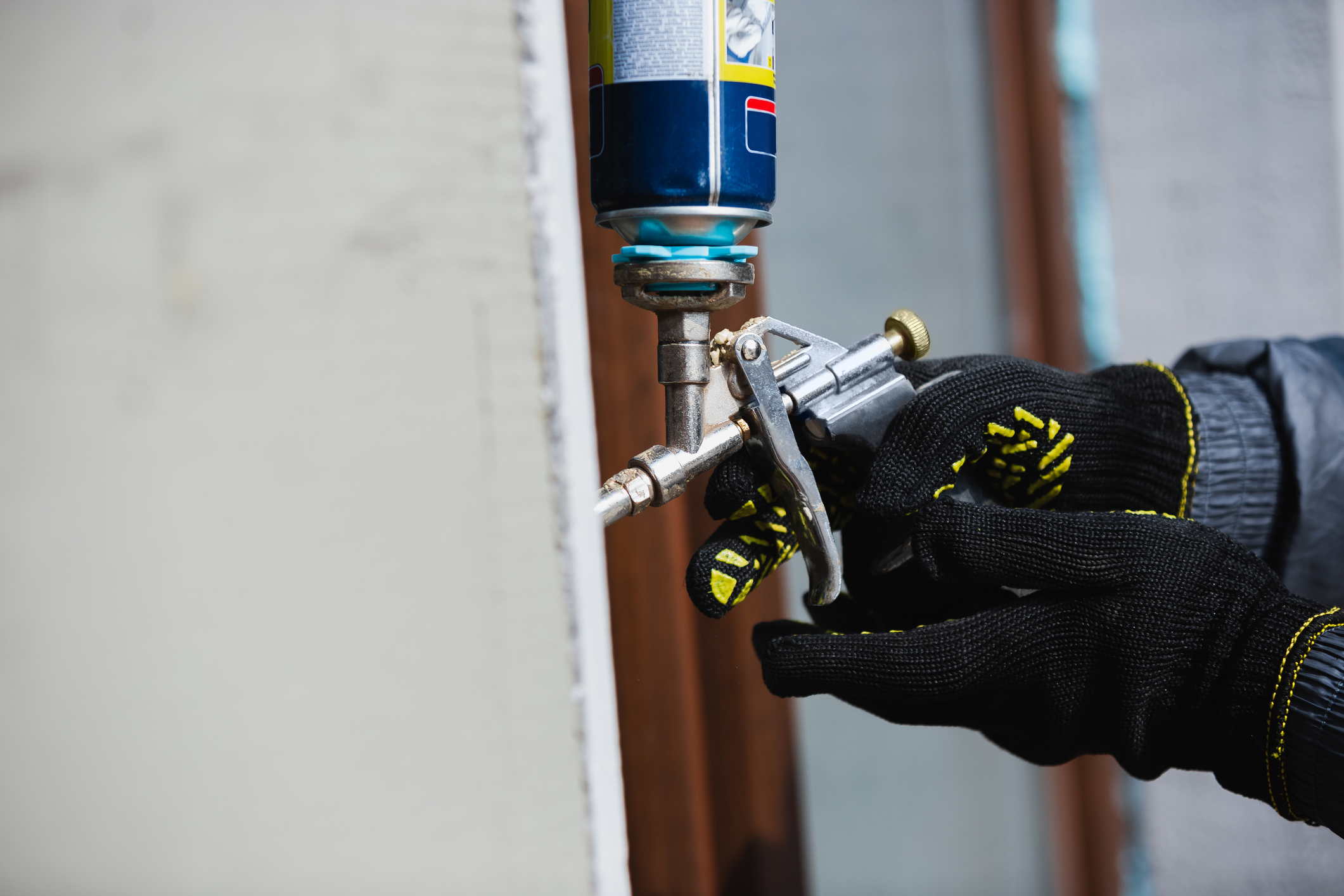
5. Caulk your windows and doors
Caulking windows and doors properly can protect your house from unwanted moisture and air leaks. If you notice drafts in your home or that your energy bills have spiked, this is a sign you might need to replace the caulk around your windows and doors. Plan to replace the caulk about once every five to 10 years.
Richardson said if the gaps between siding and window or door frames are bigger than the width of a nickel, you need to reapply exterior caulk. (Check the joints in window and door frames, too.) Silicone caulk is best for exterior use because it won’t shrink and it’s impervious to the elements.
Try GE's Silicone 2 Window and Door product, which is “rain ready” in 30 minutes ($10.98 at Home Depot). Check window-glazing putty, too (which seals glass into the window frame). Add weather stripping as needed around doors, making sure you cannot see any daylight from inside your home.
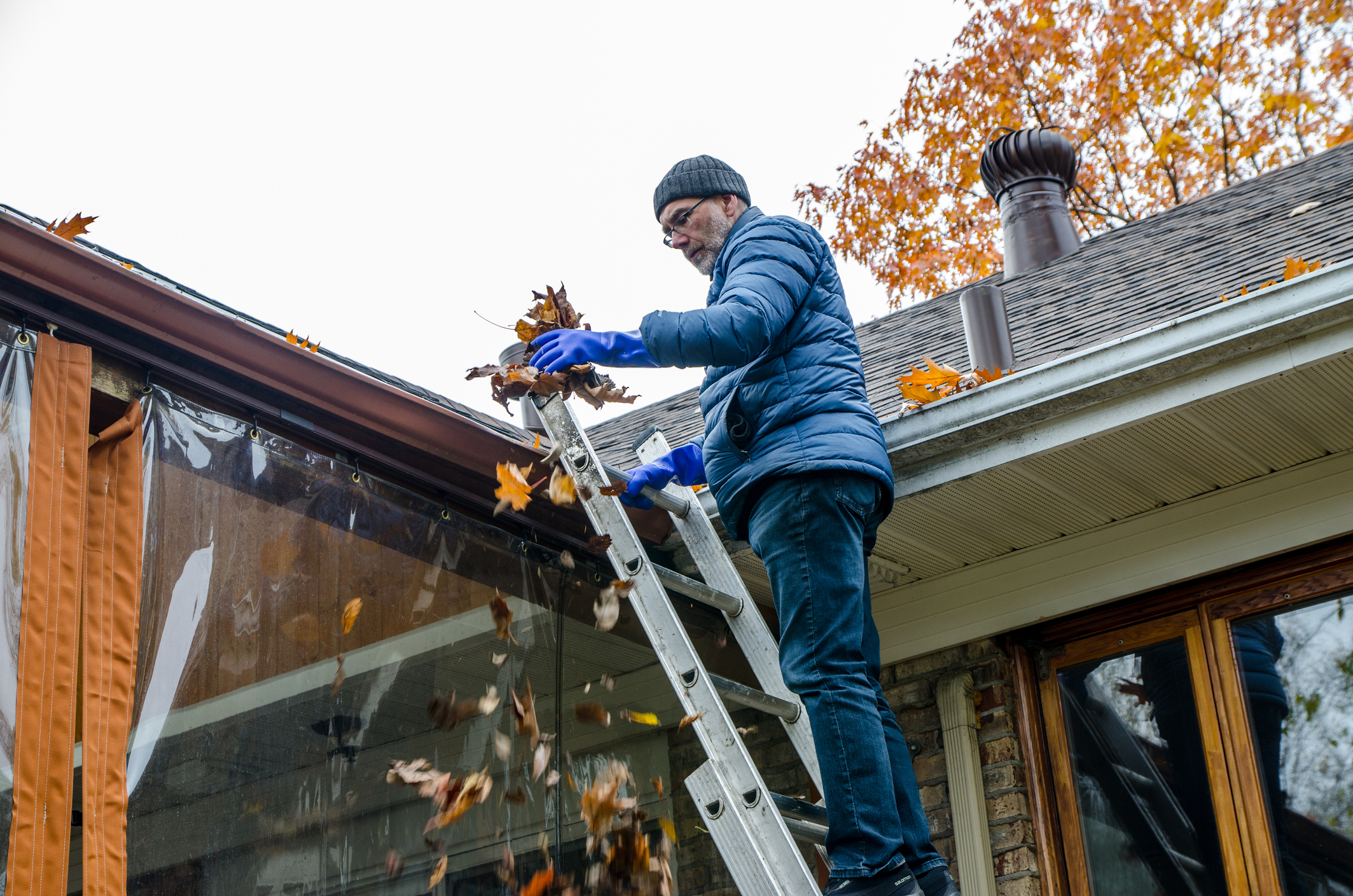
6. Clean the gutters
Gutters need to be cleaned at least twice a year — in the spring and in the fall. If you have pine trees near your home, needles will need to be removed every three months to reduce the potential for clogging the gutters and downspouts. Neglecting gutter maintenance can lead to costly repairs down the line. Regular maintenance will make your gutters last longer.
If your gutters are full of detritus, water can back up against the house and damage roofing, siding and wood trim — plus cause leaks and ice dams. Gutters filled with debris can also make homes for rodents and other pests.
You'll typically pay $70 to $225 to clean gutters on a single-story house, depending on its size. Also look for missing or damaged gutters and fascia boards and repair them.
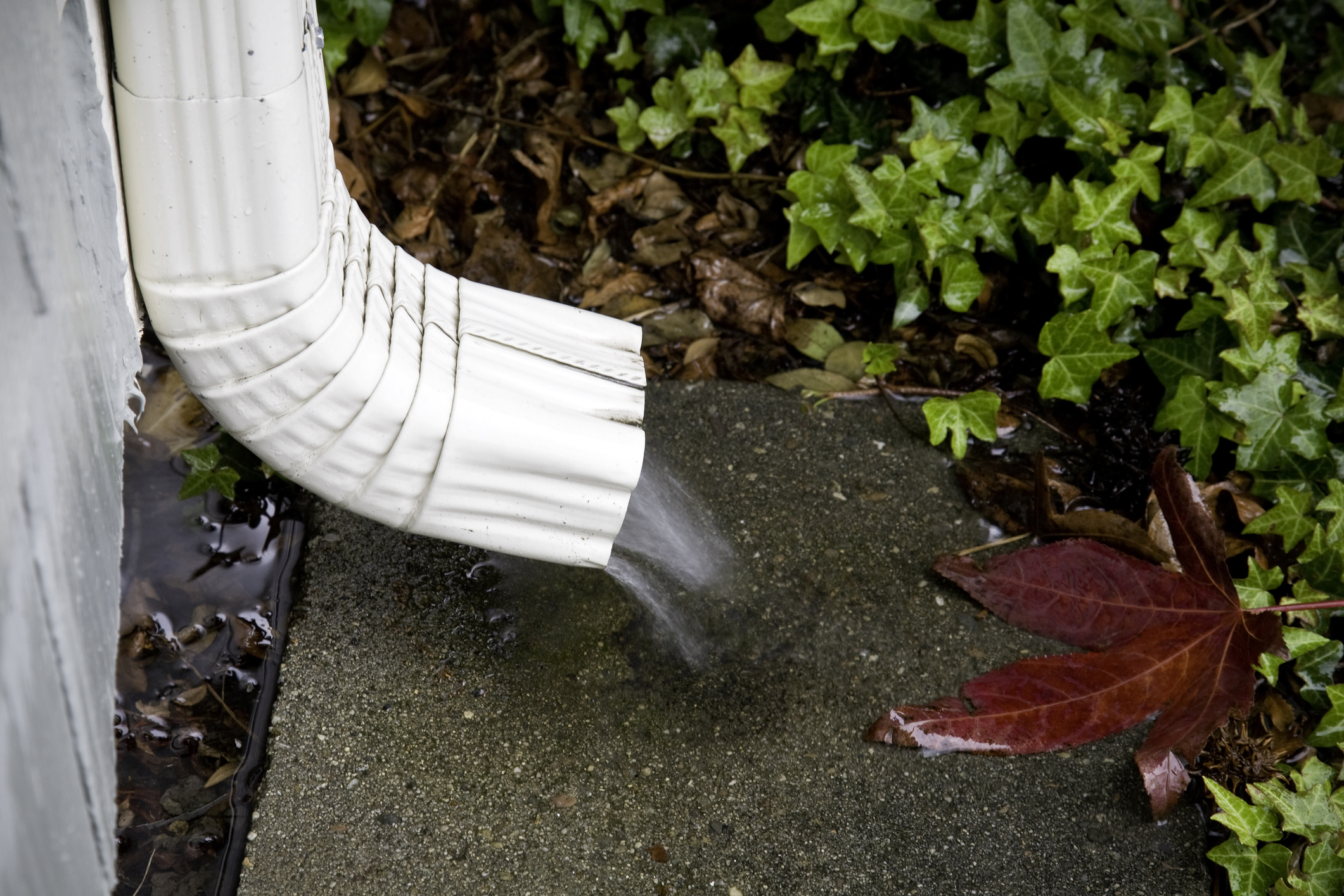
7. Divert water
Water can cause problems for homeowners, whether it be a minor inconvenience or damages rising into the thousands. Mold, damaging landscaping, basement leaks and foundation damage are some of the serious issues pooling water can cause. Extending your downspouts is one way to divert potentially damaging water.
Add extensions to downspouts so that water should be diverted at least 4 to 6 feet away from the foundation. If a home has basement walls, it should be at least 6 feet away. The farther away from the foundation the better. Putting gravel or rocks at the end of the downspout will help avoid erosion.
For example, HomeDepot.com sells Amerimax Flex-a-Spout extension (which extends 25 to 55 inches) for about $9.
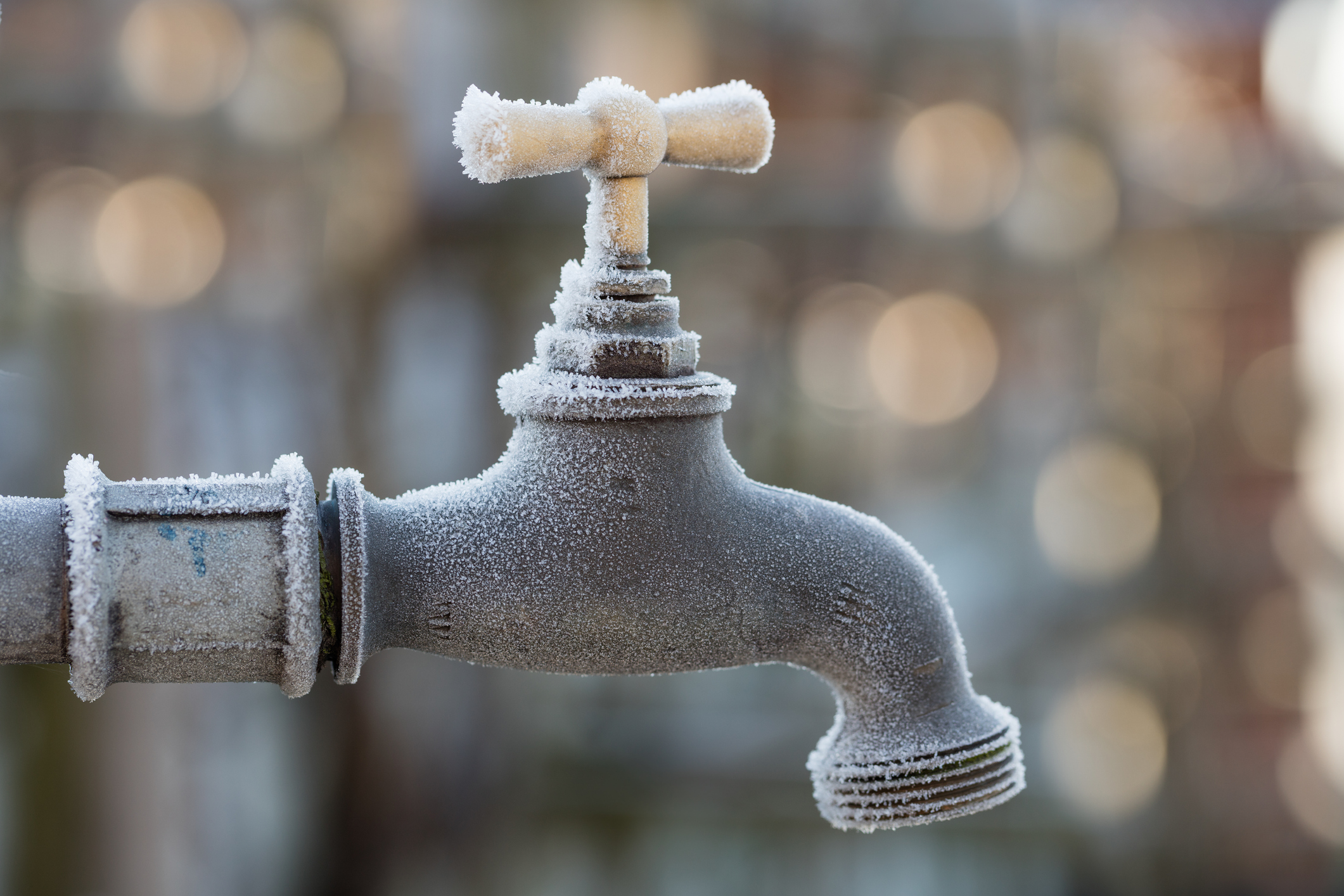
8. Turn off exterior faucets
Faucet winterization is important for preventing burst pipes. Leaving your faucet unprotected can lead to flooding and water damage in your house. Undrained water in pipes can freeze, which will cause pipes to burst as the ice expands.
To winterize outdoor faucets, follow these steps:
- Disconnect your hose(s). Disconnect all of your garden hoses and take off any splitters attached to your faucets. Then drain the water that remains in the faucets.
- Locate your shut-off valves. You’ll usually find shutoff valves for outdoor faucets inside your home, often on the basement wall corresponding to your outdoor faucet.
- Drain your outside faucet completely. Allow any excess water to trickle out from the faucet. If water keeps coming, you may need to tighten the interior shutoff valve.
- Once your faucet drains, keep the handle in the "on" position when you close things up for the winter.
- Insulate your faucet. Pick up an outdoor faucet cover for a few dollars at your local home improvement store.
If you live in a cold climate, consider having a plumber install a new freeze-proof faucet for you. This type of faucet automatically drains any water that enters when the faucet is in the "off" position to prevent a frozen buildup that can cause a pipe to burst.
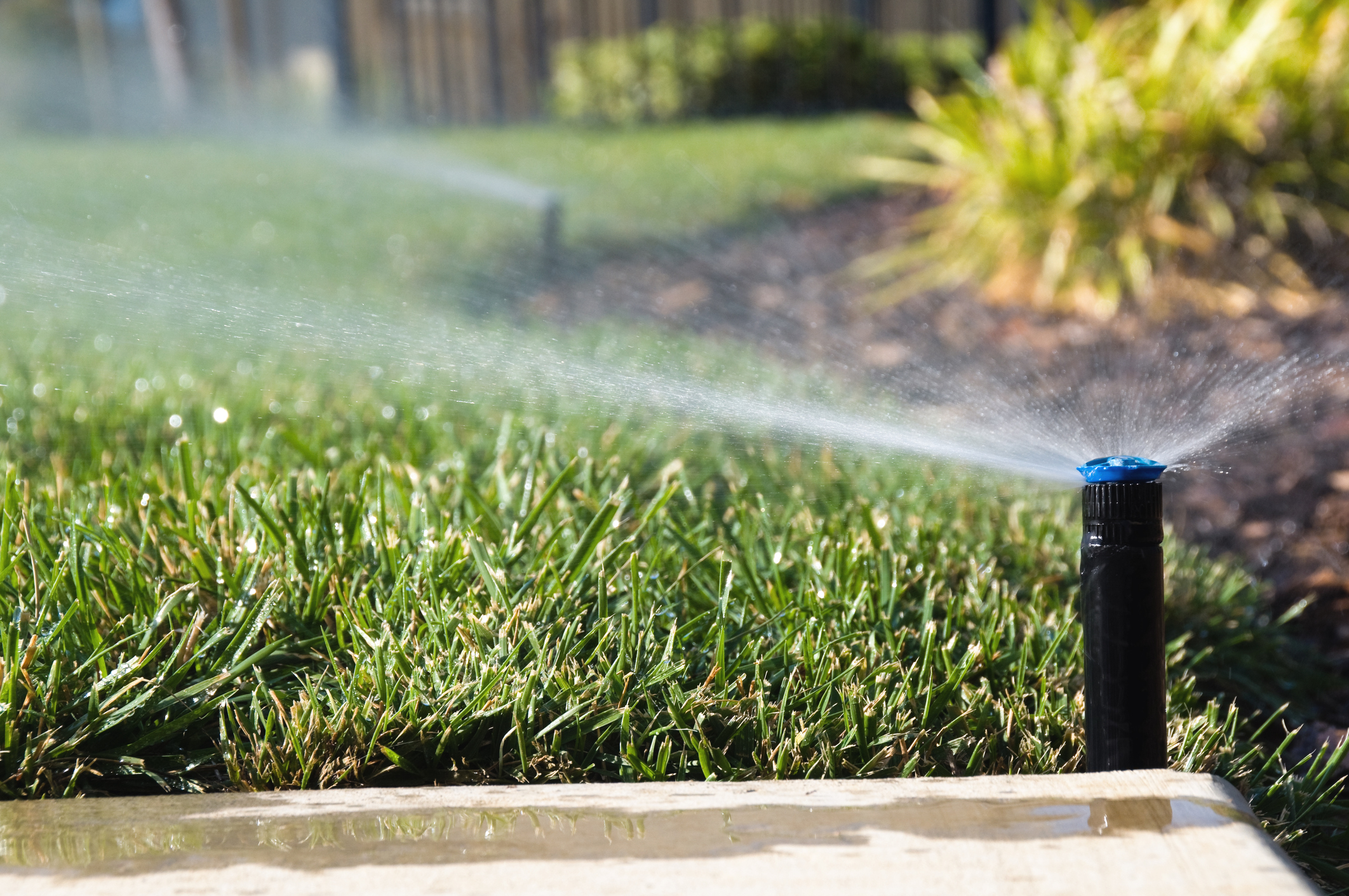
9. Drain your sprinkler system
Winterizing your sprinkler system is an important part of preparing your home for cold weather. Depending on the slope of your property, you may have a choice between manual or automatic draining versus a sprinkler system blowout if you want to save some money. And if your land slopes enough to allow for complete drainage of a manual or automatic drain irrigation system, you may be able to complete winterization at no cost at all.
The average cost for a sprinkler system blowout is $100 to $250, depending on the size of the system. A sprinkler professional can perform this service on any kind of lawn sprinkler system, and it uses high-pressure air to force water out of the pipes, eliminating the problem of water sitting in low spots. Draining sprinkler-system pipes, as with spigots, will help avoid freezing and leaks.
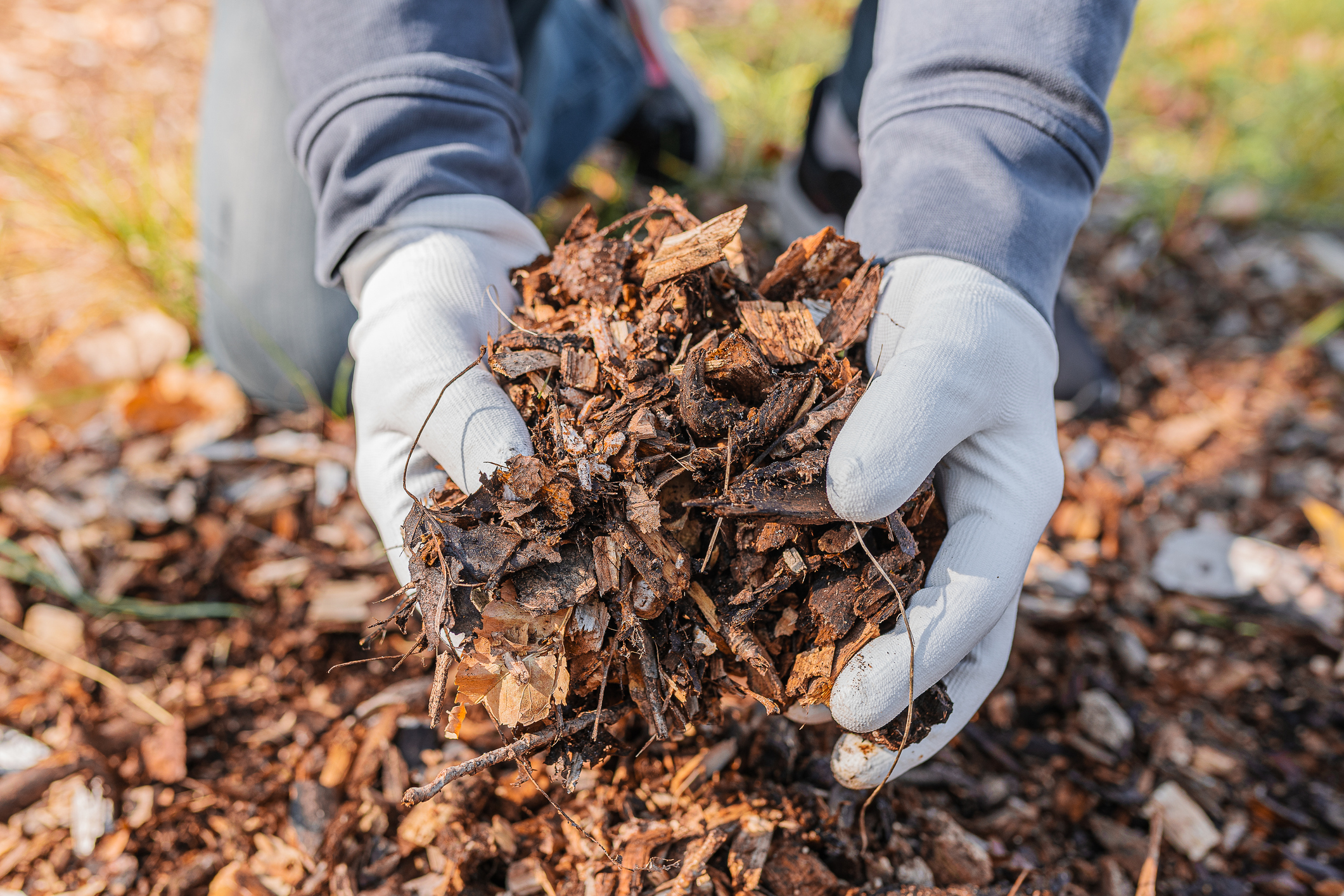
10. Mulch leaves when you mow
Mulching leaves back into your lawn will provide a natural source of nutrients that will improve the growth of your lawn.
Mow your leaves instead of raking them, say studies at the University of Michigan and Purdue. The trick is to cut the leaves, while dry, into dime-sized pieces that will fall among the grass blades, where they will decompose and nourish your lawn over the winter.
Use your lawn mower without its bag, and optionally swap the cutting blade for a mulching blade (about $15-$35). The process may take several passes.
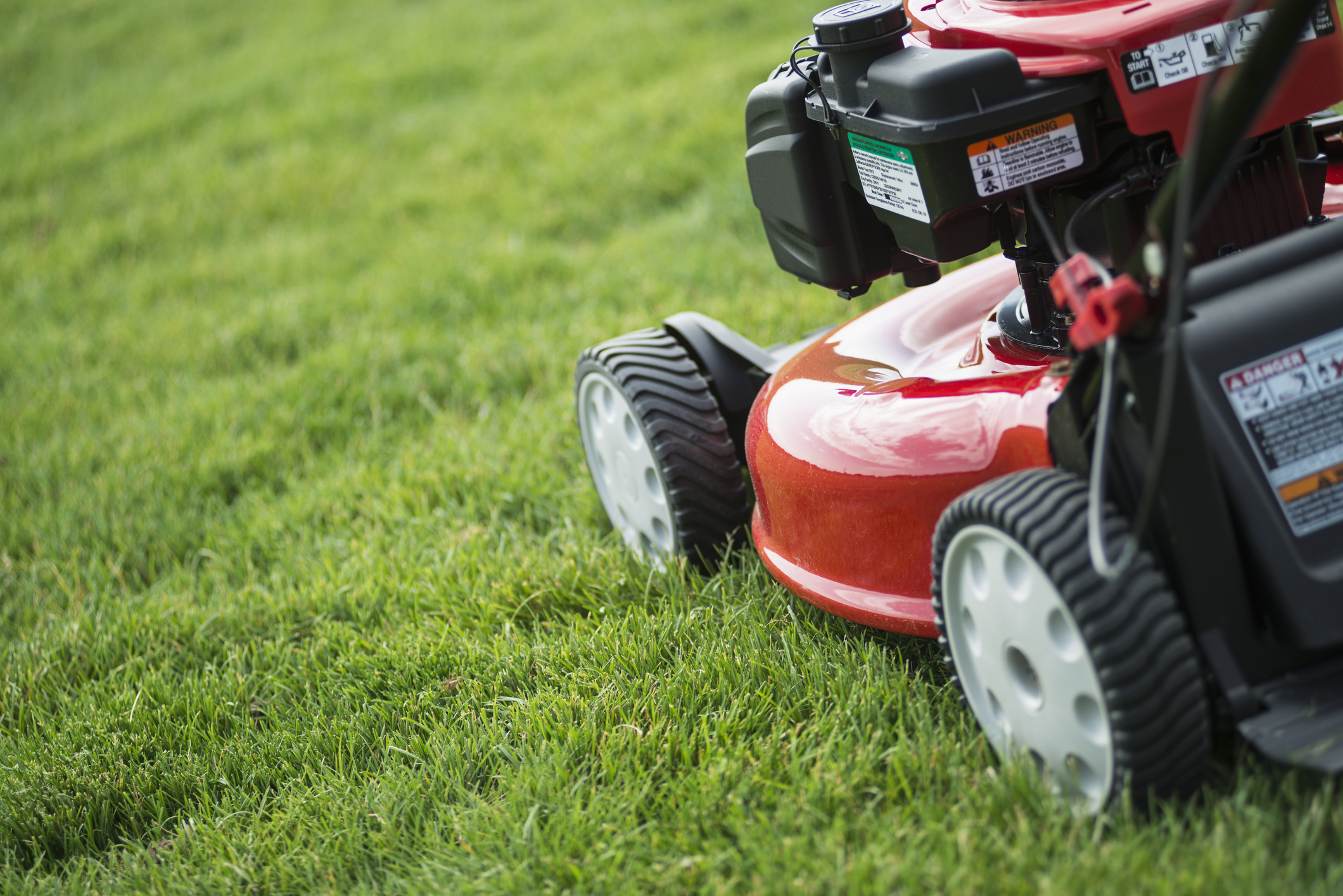
11. Prepare to stow your mower
There are really only two things you must do to prepare your lawn mower for hibernation. You’ll have to clean the deck and depending on the mower type, you’ll need to stabilize the fuel — or remove the battery.
Step 1: Clean the deck
The deck houses the cutting blades and facilitates the orderly expulsion of grass clippings. Not only will keeping it clean help with the performance of your mower, but it also helps cut down on the spread of lawn diseases.
Before you begin cleaning, as a safety measure disconnect the spark plug wire on gas models and remove the battery on battery-powered models. It's always a good idea to consult your lawn mower's product manual to assist you and maintain proper safety precautions.
Use a garden hose to spray down the deck, ensuring the water pressure is high enough to dislodge any grass clippings or debris that have adhered. Some spots may be more stubborn than others. For these hard-to-clean areas, try a brush and paint scraper.
Step 2: Winterize fuel or remove battery
As the mower sits through the winter, fuel remaining in its engine will decompose, "varnishing" the carburetor and causing difficulty when you try to start the engine in the spring.
If you keep your mower in the basement during the winter, you should remove the fuel regardless of how much is left because storing it inside could be a fire hazard.
Step 3, for a gas-powered mower: Remove or stabilize the fuel
If you've added a stabilizer to your fuel to keep it fresh longer, then fill the gas tank to the top with more stabilized fuel and run the engine briefly to allow it to circulate.
If not, wait until the tank is nearly empty from use and run the engine (outdoors) to use up the remaining fuel. Check your mower's manual for other cold-weather storage steps.
Step 3, for an electric mower: Remove the battery
Remove the battery or batteries and store them inside your home to minimize temperature fluctuation. Extreme temperatures can shorten the life span of battery cells and cause them to fail prematurely
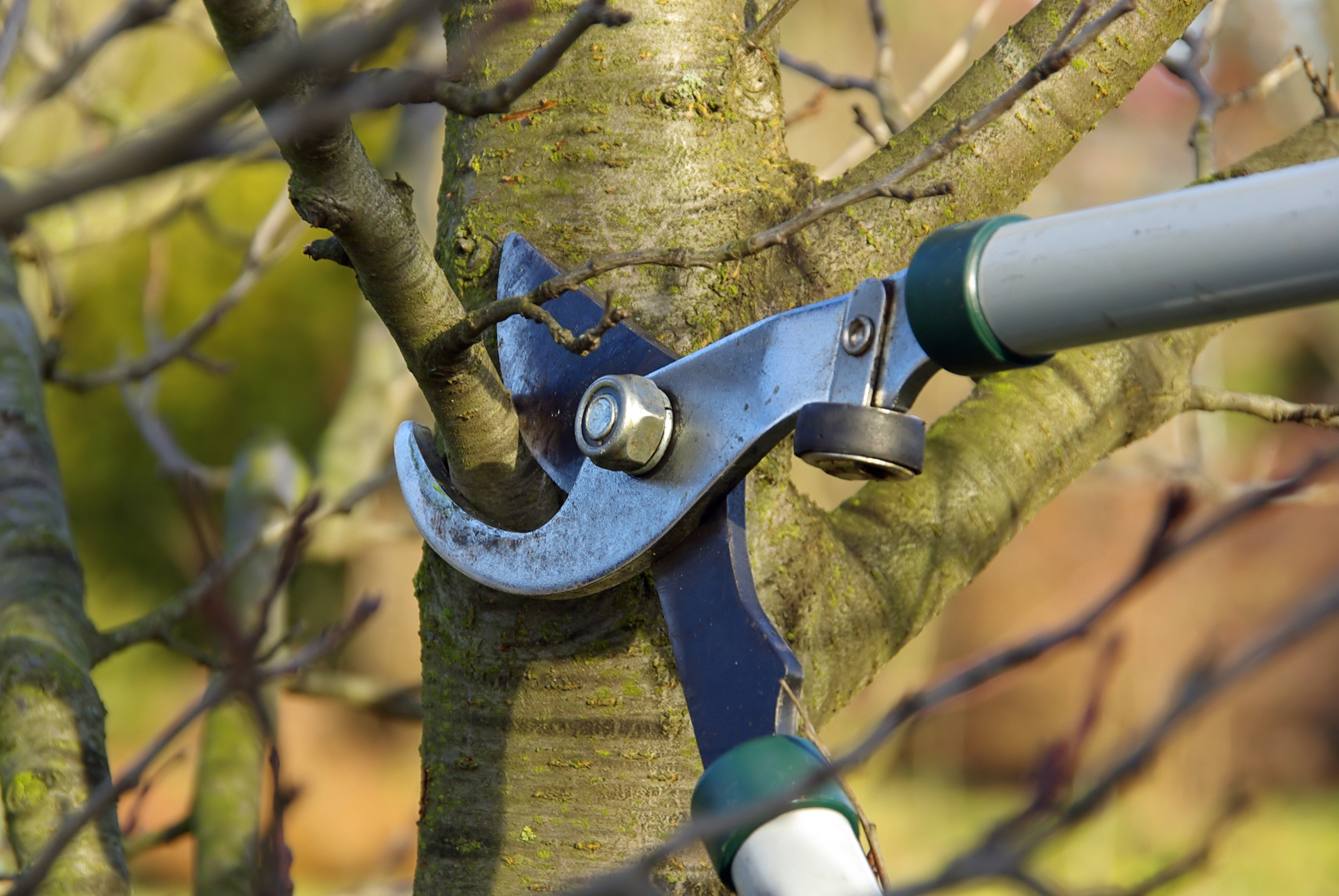
12. Don't prune trees or shrubs until late winter
You may be tempted to get out the pruning shears after the leaves fall, when you can first see the underlying structure of the plant. But horticulturalists advise waiting to prune until late winter for most plants, when they've been long dormant and just before spring growth begins. Winter is a good time for pruning and tree removal. Pruning during dormancy (called “dormant pruning”) has several benefits for your trees.
Winter pruning can avoid spreading some serious diseases that are active and spread easily during the spring and summer growing seasons. Because the tree is dormant, winter pruning doesn’t stimulate new growth. Trees are able to heal from pruning cuts before warmer weather brings out destructive insects and pathogens.
Damaged, dead or dying trees can be dangerous in prune winter, particularly when there are significant amounts of ice or snow. Dormant pruning makes them safer and can also rejuvenate weaker trees by removing dead and diseased wood.
To get advice specific to your plants and region, consult master gardeners at local nurseries or horticulturalists with your state university's cooperation extension department.
One exception: You may need to hire an arborist to remove deadfall or trim limbs close to your home or power lines that could cause problems in a winter storm.
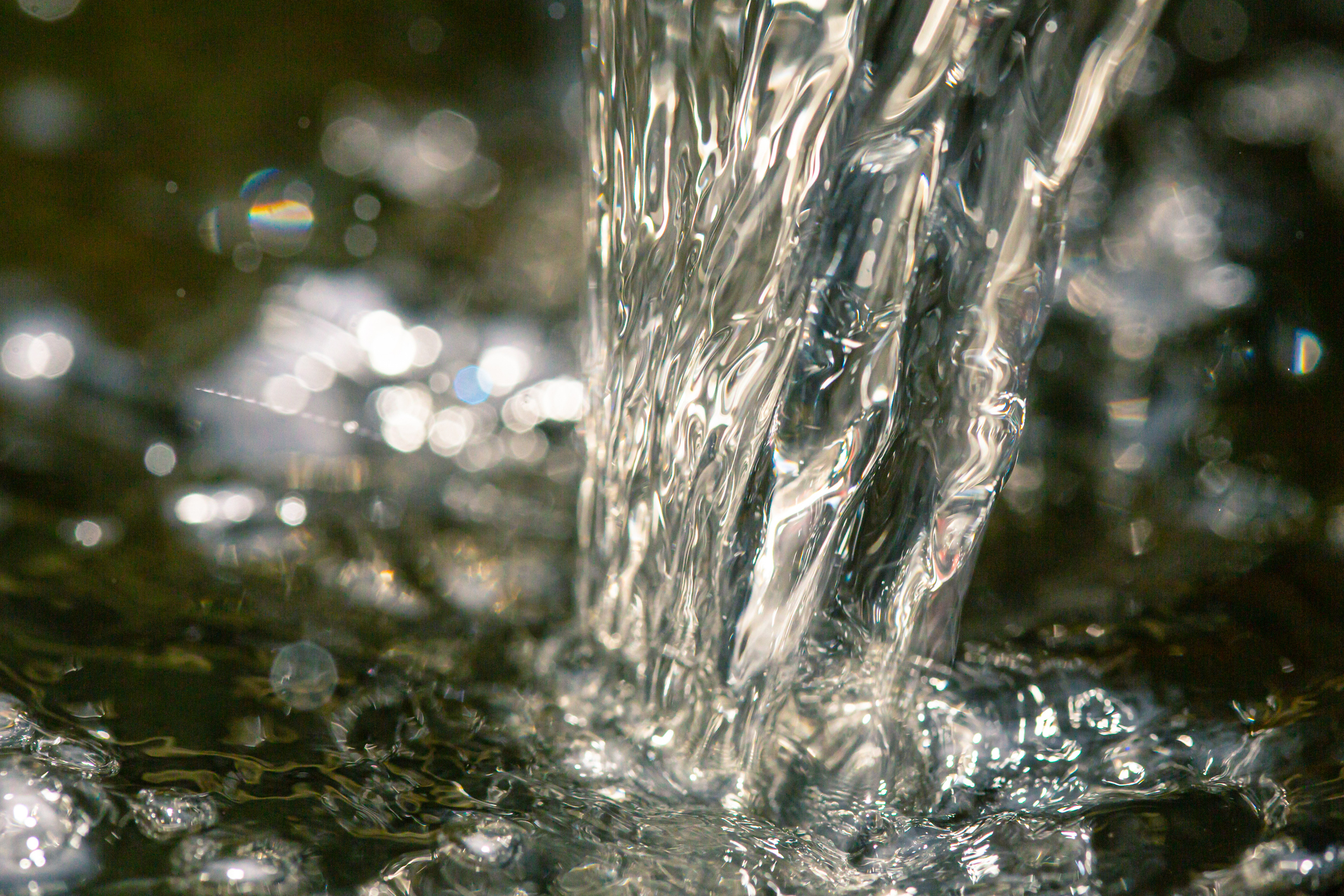
13. Winterize your sump pump
A sump pump’s job is to move water that collects in a sump basin out of your basement and away from your home. It makes sense that a sump pump works its hardest during rainy months, when flooding is most likely to send water into basements and crawl spaces. But what about in the winter months? How does it operate when snow and ice are involved?
A sump pump still has some work to do in the winter, because all that ice and snow does eventually melt, giving the sump pump something to do. While a sump pump does run in cold weather, it shouldn’t run all the time.
One of the most important steps to winterize your sump pump is to disconnect any extension hose attached to your sump pump's discharge pipe before the start of winter to prevent freezing. Remove your sump pump discharge hose extensions prior to the temperature dropping below freezing.
If there is a blockage of ice and the pump engages during an early thaw, or turns on to remove excess water from the sump, what may have started as a partial ice blockage will soon turn into a complete ice blockage. This could lead to a very costly spring.
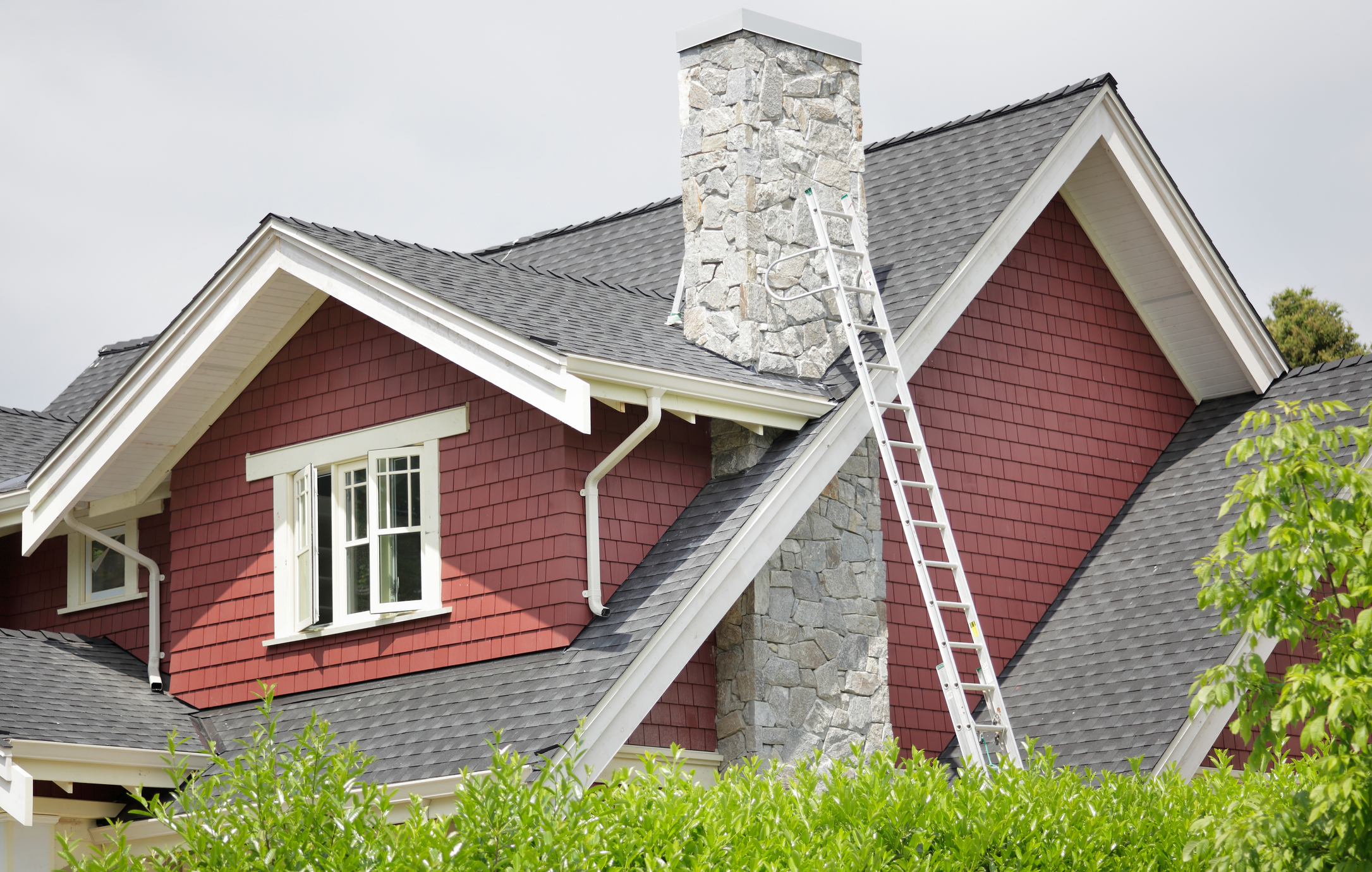
14. Get the chimney swept
Before you burn the Yule log, make sure your fireplace (or any heating appliance burning gas, oil, wood or coal), chimney and vents are clean and in good repair. That will prevent chimney fires and prevent carbon monoxide from creeping into your home.
There is not a hard and firm rule on how often to clean your chimney. The National Fire Protection Association recommends having heating equipment and chimneys cleaned and inspected every year by a qualified professional.
When you burn wood in your fireplace or woodstove, it leaves behind ash and carbon residue creosote that needs to be cleaned out. Creosote is a flammable substance that can ignite into a fire that spreads throughout the chimney and to your home.
Regular cleaning of a chimney can reduce the risk of a chimney fire, but even if you choose to clean the chimney yourself, you should also have the chimney inspected by a professional on a regular basis. Professional inspection will check for creosote as well as blockage, damage and structural problems.
The job of the chimney sweep is to remove soot, blockages and built-up creosote from your chimney liner, firebox, smoke chamber and damper. This cleaning will help create a safer operation of your system during the heating system.
Search for a sweep certified by the Chimney Safety Institute of America. You can expect to pay $45 to $85 for an inspection to see if you need a cleaning, and $150 to $300 for the cleaning, according to CleanerMatch.
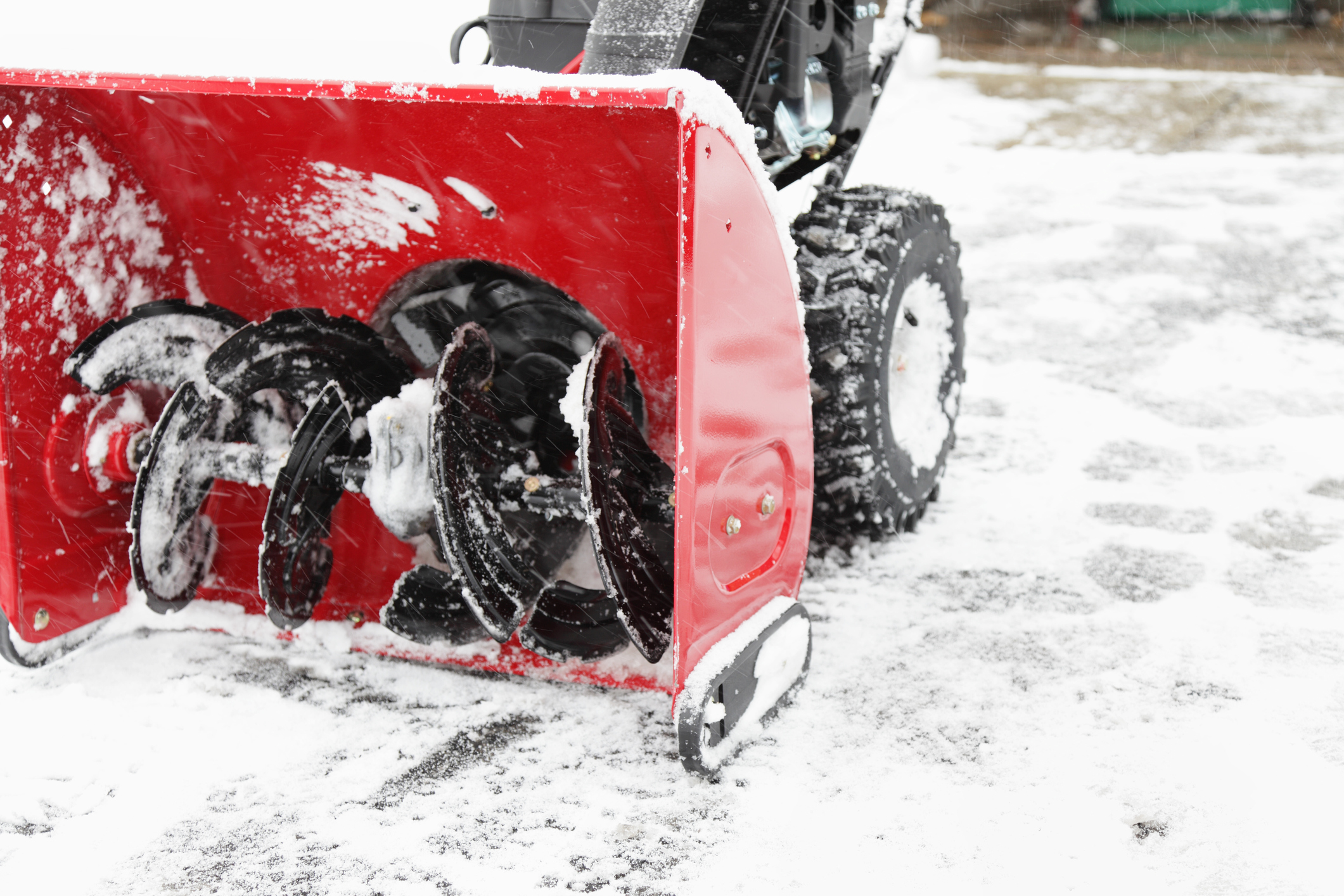
15. Prepare your tools for winter
Winter work can be hard on tools. Fluids can thicken and freeze, metals can shrink, and water vapor can cause cracks when it freezes and melts.
Here are four tips to keep your tools working well when the temperature drops:
- Lubricate parts of tools as the manufacturer recommends
- Store cordless power tools in a heated shed or garage, most do not do well in very cold weather
- Make sure to clean any blades or other parts of your equipment after each use. Apply a thin layer of oil to prevent rust
- Tools with metal and plastic parts can become fragile in extreme cold. Let them warm up indoors before use to prevent breakage
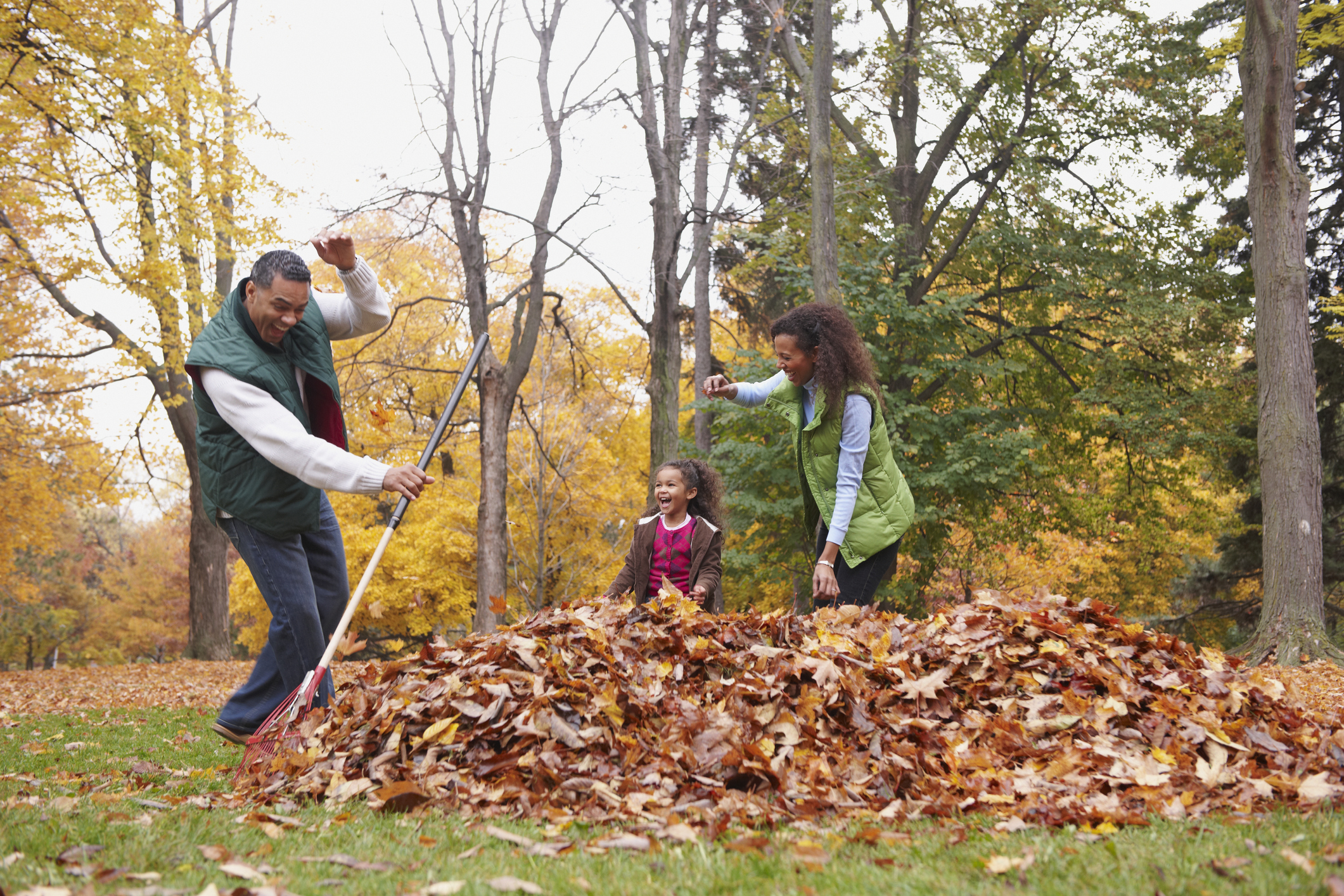
Get Kiplinger Today newsletter — free
Profit and prosper with the best of Kiplinger's advice on investing, taxes, retirement, personal finance and much more. Delivered daily. Enter your email in the box and click Sign Me Up.

Donna joined Kiplinger as a personal finance writer in 2023. She spent more than a decade as the contributing editor of J.K.Lasser's Your Income Tax Guide and edited state specific legal treatises at ALM Media. She has shared her expertise as a guest on Bloomberg, CNN, Fox, NPR, CNBC and many other media outlets around the nation. She is a graduate of Brooklyn Law School and the University at Buffalo.
- Patricia Mertz EssweinContributing Writer, Kiplinger's Personal Finance
-
 Stock Market Today: Stocks Soar on China Trade Talk Hopes
Stock Market Today: Stocks Soar on China Trade Talk HopesTreasury Secretary Bessent said current U.S.-China trade relations are unsustainable and signaled hopes for negotiations.
By Karee Venema
-
 2026 Disney Dining Plan Returns: Free Dining for Kids & Resort Benefits
2026 Disney Dining Plan Returns: Free Dining for Kids & Resort BenefitsPlan your 2026 Walt Disney World vacation now. Learn about the returning Disney Dining Plan, how kids aged three to nine eat free, and the exclusive benefits of staying at a Disney Resort hotel.
By Carla Ayers
-
 What to Do With Your Tax Refund: 6 Ways to Bring Growth
What to Do With Your Tax Refund: 6 Ways to Bring GrowthUse your 2024 tax refund to boost short-term or long-term financial goals by putting it in one of these six places.
By Rachael Green
-
 What Does Medicare Not Cover? Eight Things You Should Know
What Does Medicare Not Cover? Eight Things You Should KnowHealthy Living on a Budget Medicare Part A and Part B leave gaps in your healthcare coverage. But Medicare Advantage has problems, too.
By Donna LeValley
-
 12 Great Places to Retire in the Midwest
12 Great Places to Retire in the MidwestPlaces to live Here are our retirement picks in the 12 midwestern states.
By Stacy Rapacon
-
 10 Cheapest Small Towns to Live In
10 Cheapest Small Towns to Live InThe cheapest small towns might not be for everyone, but their charms can make them the best places to live for plenty of folks.
By Dan Burrows
-
 Best Cold Weather Places to Retire
Best Cold Weather Places to RetirePlaces to live Some like it hot; others not so much. Here are the 12 best places to retire if you can't stand the heat.
By Stacy Rapacon
-
 15 Reasons You'll Regret an RV in Retirement
15 Reasons You'll Regret an RV in RetirementMaking Your Money Last Here's why you might regret an RV in retirement. RV-savvy retirees talk about the downsides of spending retirement in a motorhome, travel trailer, fifth wheel or other recreational vehicle.
By Bob Niedt
-
 The Cheapest Places To Retire in the US
The Cheapest Places To Retire in the USWhen you're trying to balance a fixed income with an enjoyable retirement, cost of living is a crucial factor to consider.
By Stacy Rapacon
-
 The Six Best Places to Retire in New England
The Six Best Places to Retire in New Englandplaces to live Thinking about a move to New England for retirement? Here are the best places to land for quality of life, affordability and other criteria.
By Stacy Rapacon
